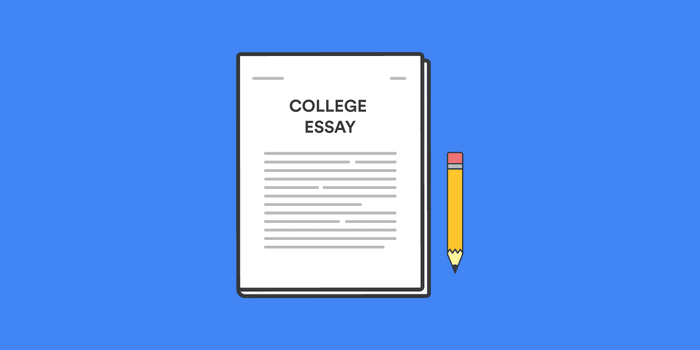
Consider two ways to open an essay:
- The room of this teenager had clothes on the printer. Socks lined the window as if trying to keep the water from a hurricane at bay. Shirts lay piled on the floor as if stripped in a fever dream. Jeans were stacked in a small mountain in front of the bed. All of these things were just as I wanted them: organized for a rigorous round of Man vs. Temperamental Laundry Machine.
- I contend with my laundry machine every seven days. It’s not that I have a difficult time doing laundry; I just feel that I need to work up the courage to tinker with the machine that gives me problems every week. Until then, my clothes remain in distinct piles throughout the room, waiting for their moment to shine.
Both of these introductions want to attract the reader with the same device: a common image of a teenager wrestling with a weekly chore. Only the first introduction, however, achieves that attraction. It does this by setting a scene to draw a clear contrast between what the reader expects (teenagers = lazy and willing to perform a sniff test to determine a shirt’s usefulness) and the truth, that doing laundry in this situation demands a level of technical expertise.
Irony such as this lies at the heart of a good hook and achieves two ends. First of all, it allows the reader to relate to a familiar message. Second, it doesn’t allow the reader to get too comfortable. People love being teased about a topic, especially when that tease promises a new take on a topic or an insight into the author.
The use of irony is vital, but it is by no means all you have to think about. Hooks are an art, but an art in which certain rules are useful guidelines. If your objective is to be a Picasso of the college essay world, read on.
Maintain the Mystery
The trick to introducing irony is stating the contrast without saying why that contrast exists. The situation provides the intrigue. Develop that intrigue lovingly throughout the rest of the piece.
Consider the following hook:
I always knew that physics is a practical subject; after all, everything tangible in the universe is governed by the laws of physics. In physics class I learned about gravity, motion, energy, buoyancy, momentum, and many other topics that apply directly to my daily life. However, the most important thing I leaned in physicals wasn’t Newton’s laws or the conservation of energy. In fact, the most important thing I learned wasn’t even about science.
This introduction states a basic irony: how is the most important lesson in a physics class not about physics? It starts by stating something that is obvious and transitions into something that’s not. But more importantly, it allows the author to seamlessly flash back to the beginning of the story while foreshadowing the climax, if not the entire payoff.
Humor
As I mentioned in a previous post, humor is often the best way to express your character and balance your serious conclusion and/or story with some levity. But you have to be judicious in its use, especially during the hook.
You need to establish a rapport with the reader prior to using a subtle joke or funny reference. Otherwise, the joke is going to fly way over his or her head, and the reader won’t find you funny and intriguing, only irritating or confusing. Use the humor later to change your tone when you feel like things are getting too serious. Clogging the hook with meaningless jokes tends not to be as effective as keeping the hook lean.
This is not to say that humor can’t work during the hook. It does, however, usually feature a situation that’s universal. Everyone can relate to their parents doing something embarrassing; not everyone can get that inside joke about why they’re doing that embarrassing thing.
Living in the Moment
By now, you’ve probably realized that some of the best hooks involve putting the reader into a specific moment, often at the climax of the story. Readers have a need to assemble a complete narrative, and teasing them with a part of the payoff encourages them to start that process. It allows the author to play with the structure later, knowing that the reader is going to want to reach the point in the story when the hook happens, preferably with a bit more information.
By no means does this moment have to be action-filled. It can seem mundane with a hint of action to come. The moment can even be a shocking realization in a chaotic scene. Just remember that you’ll want to clarify that scene as the narrative progresses.
Pulling it All Together
Here’s an example of the hook artfully assembled:
In the few moments before I would be fighting 15 grim-faced men, all I was wondering about was the philosophical meaning behind an old Japanese word.
This hook has a sense of irony (thinking about an old Japanese word before doing battle with 15 men, as opposed to thinking about the technical aspect of the fight). It hints at the conclusion without spoiling the takeaway (the word is going to be an important lesson learned). And it gets to the point without needless flourish (the whole thing is 26 words).
Writing a great hook is perhaps the most enjoyable part of the essay. It’s the chance to make a first impression and show off your organizational skills and interest. But more importantly, it’s a great opportunity to show how you differ from other applicants in your own way.
Next time: Body Paragraphs: From Problem to Epiphany